Hey guys we started coding Buffons needle simulation in my computing class today. My teacher showed us the following code but couldn't explain why the simulation was not getting accurate approximations. There is lots of noise and the approximation varies greatly from values of around 3.6 to 2.8. I think something is flawed but I just can't see which part. Also I didn't understand the last part of the program(how to plot the points on the graph). Where does the 18 come from?
If you have some spare time I would appreciate answers as I am struggling in computing at the moment. Thanks in advance for any answers.
//set up and define all the variables that we will use
int numTrials = 0;
int intersects = 0;
int lineWidth = 30;
int needleWidth = 0.5*lineWidth;
int boardHeight;
float piApprox;
final float PI = 3.14159265359;
//Defines our initial enviroment properties and creates our grid
void setup(){
size(600,800);
background(255);
stroke(0);
boardHeight = int (height - 200);
for (int i = 0; i<=width; i+=lineWidth){
line(i,0,i,boardHeight);
}
}
//Continously executes the same command
void draw(){
//generates a random x and y co-ordinate. This becomes the first point
int a = round(random(width));
int b = round(random(boardHeight));
float theta = random(PI);
//Generates a random x and y co-ordinate which is one needlelength away from first point. This becomes the second point
int c = round(needleWidth*cos(theta)+a);
int d = round(needleWidth*sin(theta)+b);
numTrials++;
//checks for intersections
boolean touching = false;
for (int i = 0; i<=width; i+=lineWidth){
if ((min(a,c) <= i) && (max(a,c) > i)){
intersects++;
touching = true;
}
}
//changes colour of line
if (touching){
stroke(0,50,155);
}
else{
stroke(0,155,0);
}
line(a,b,c,d);
//Calculates PI and then calls upon the GUI and the graph functions which are updated after every new line)
piApprox =((numTrials)/( intersects));
printData();
graph();
}
void printData(){
PFont f;
f = createFont("LetterGothicStd.ttf",32,true);
textFont(f,12);
String e = "Number of Trials:" + numTrials + " ";
String f = "PI approximation: " + piApprox;
fill(255);
stroke(255);
rect(0,height-20,400,20);
fill(0);
text(e,3,height-8);
text(f,150,height-8);
}
void graph(){
//draw PI line
int piLine = height - 20 - round(18 * PI);
stroke(255,0,0);
line(0,piLine,width,piLine);
//Speed determines how often a point is drawn
int speed = 5;
//Clears graph when it reaches the end of the screen
if (round(numTrials/speed) % width == 0){
fill(255);
stroke(255);
rect(0,boardHeight,width,180);
}
//plots points
if(numTrials % speed == 0){
int pointW = round(numTrials/speed) % width;
int pointH = height - 20 - round(18 * piApprox);
stroke(0,55,55);
point(pointW,pointH);
}
}
